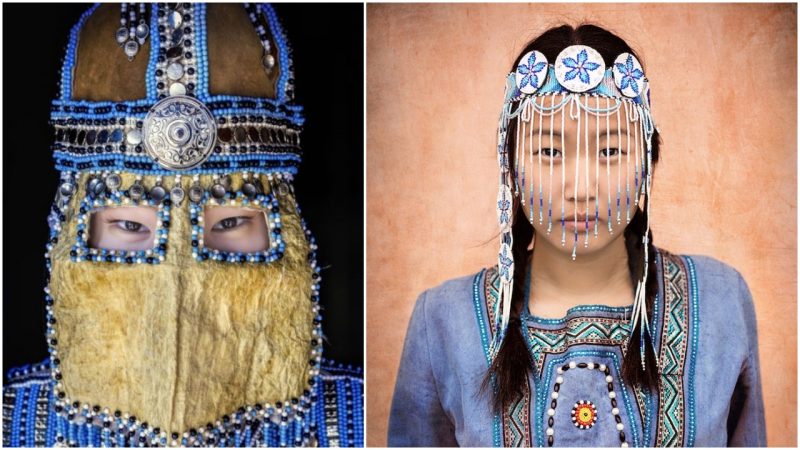For much of the last three years, photographer Alexander Khimushin covered the Siberian landscape — no easy feat. He traveled 25,000 miles photographing the indigenous people living in a region larger than all of Europe.
He visited a variety of ethnic minorities in this cold and sparsely populated place, many of the communities with populations of several dozen people.
Siberia covers 5.1 million square miles and accounts for 71 percent of Russia’s land mass, but it has less than 30 percent of its population.
The Soviet Union in the 1930s created a gulag system in Siberia, sending hundreds of thousands, if not millions, of political prisoners and accused criminals to camps there.
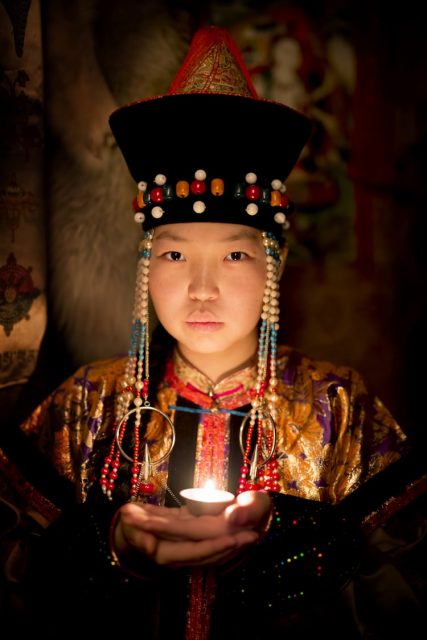
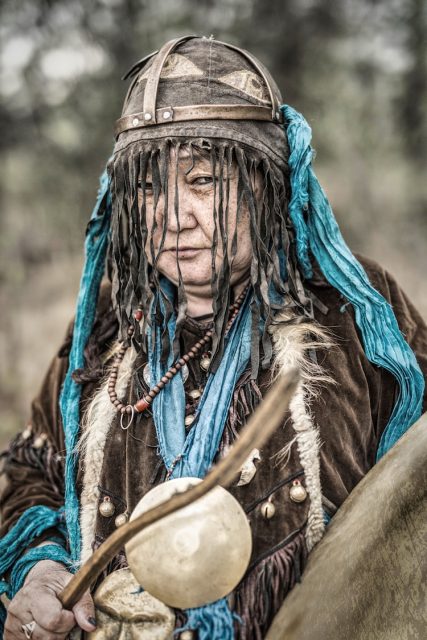
During Khimushin ’s journey, he traveled all the way across Siberia to Sakhalin Island and visited many remote regions, including Sakha Republic, Buryatia Republic, Khabarovsky Krai, and Primorsky Krai.
An important stop was one of the coldest place on Earth: Yakutia. It has the lowest recorded temperatures in the Northern Hemisphere. This is actually the place where he was born–knowing the language was essential to his work.
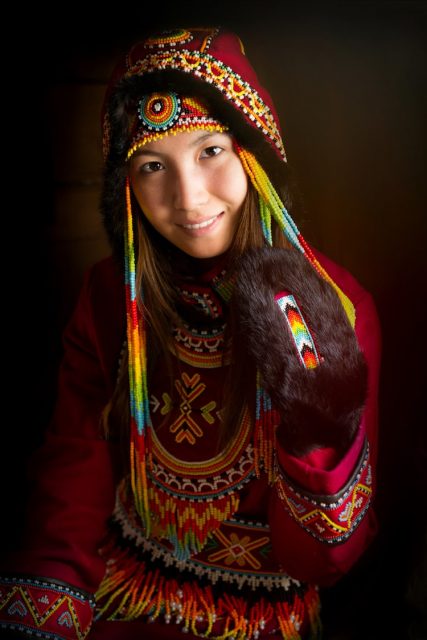
Some of the ethnic groups he photographed in his quest are largely unknown to the outside world.
For more than 10 years, Khimushin has traveled the world, visiting 86 different countries. He was inspired by the idea of documenting cultures that are disappearing due to globalization. The World in Faces Project creates portraits that both honor and immortalize the cultures.
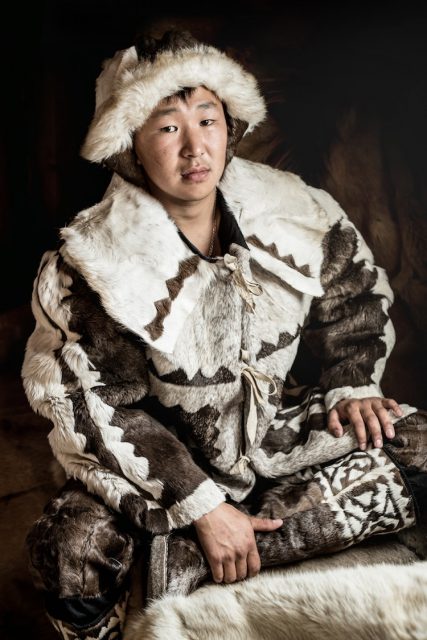
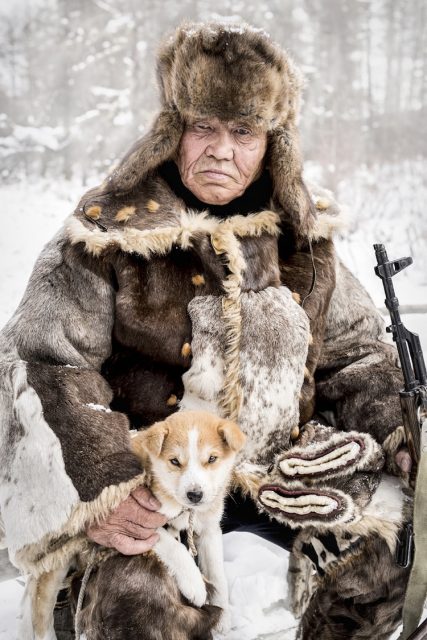
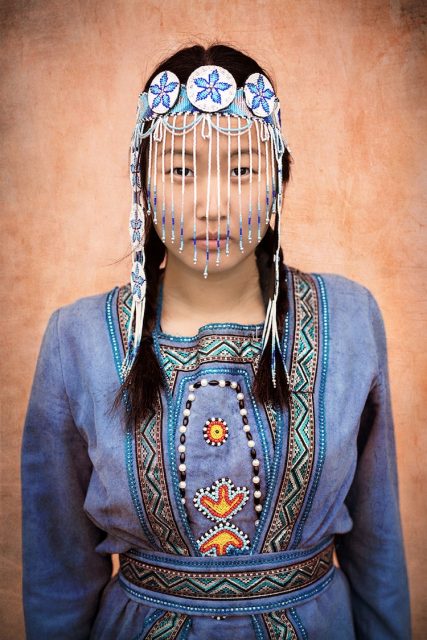
He particularly wanted to explore his homeland because of its vastness and the fact that very little is known about the people who live there.
“From a little boy astride a reindeer to an older woman captured against a backdrop of yellow blooms, Khimshum has managed to tell the stories of ordinary Siberian people in just one image,” he has said.
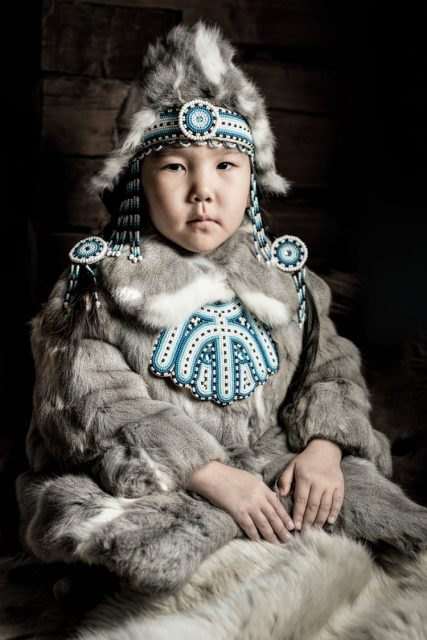
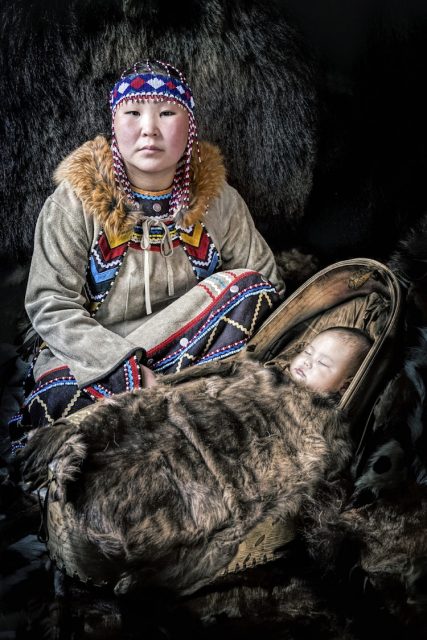
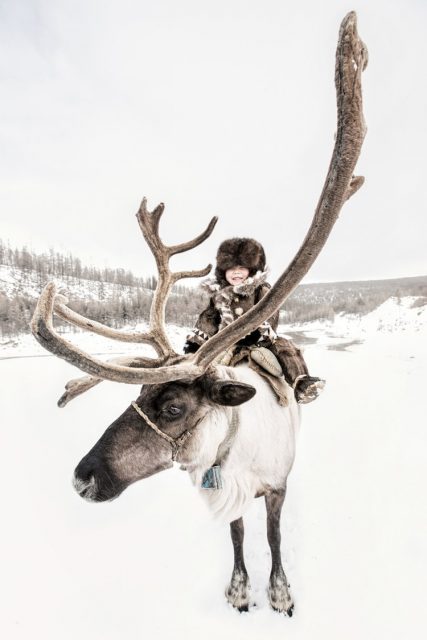
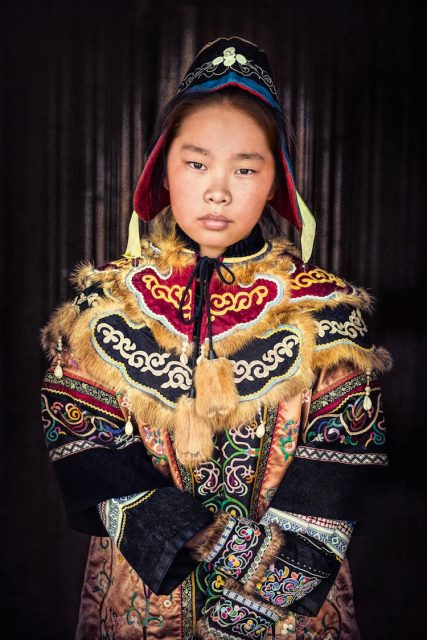
“I got interested in visiting off the beaten path places, where ethnic minorities managed to preserve their culture and traditional way of living,” he said on his website.
“I realized that it was them, the people I met, who made my travel experience so precious and unforgettable. Meeting indigenous people living in remote places, listening to their stories and taking photos of them became the most inspiring part of my journey.”
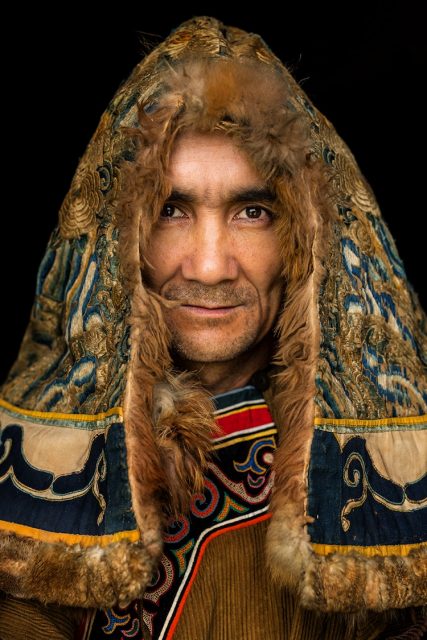
See more of Alexander Khimushin’s work on his Facebook page and Instagram.
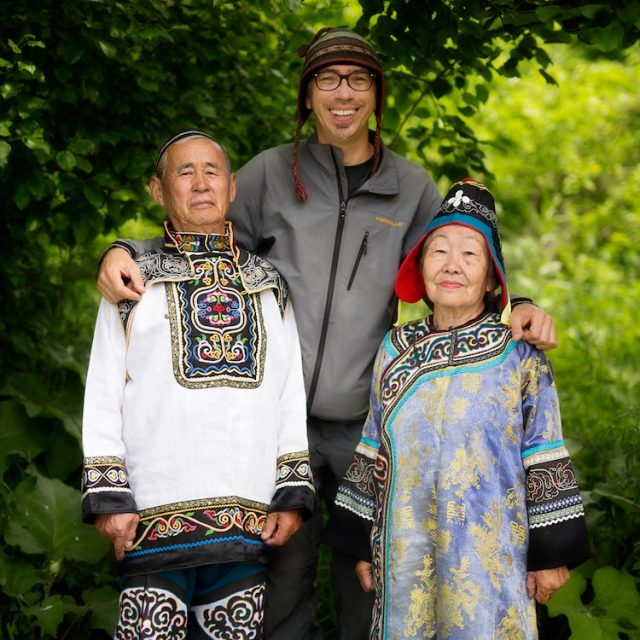
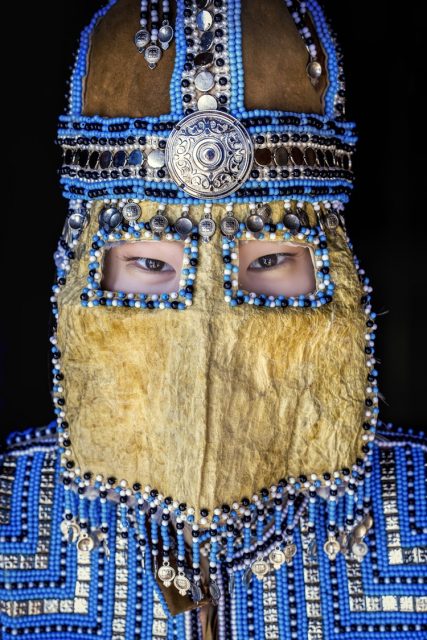
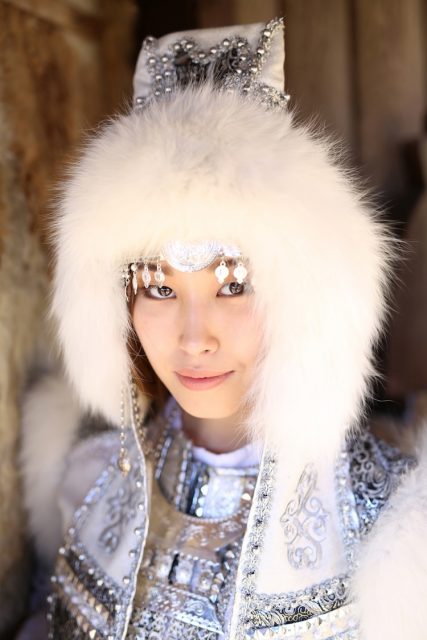
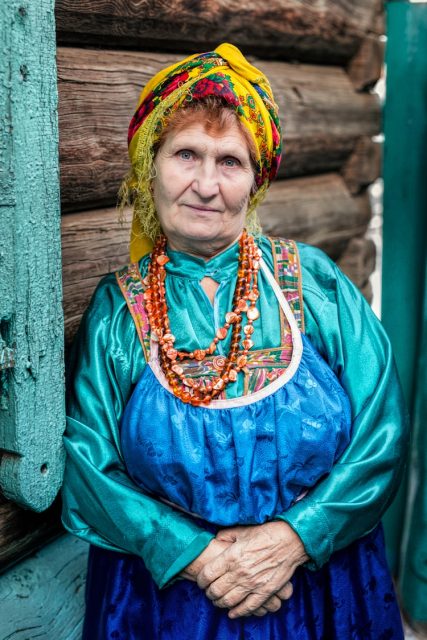
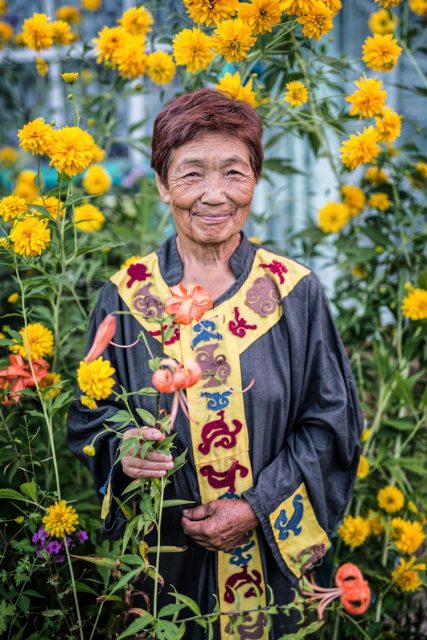
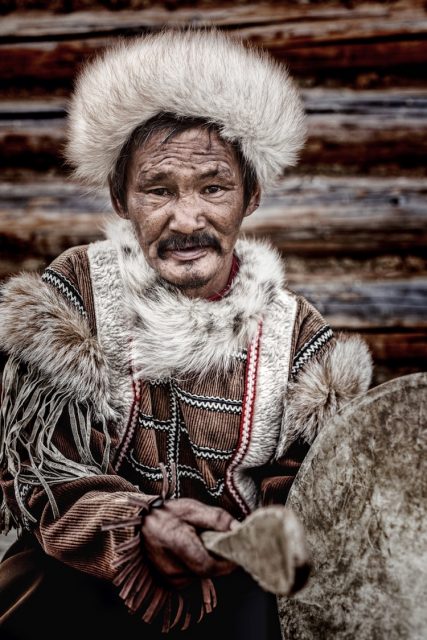
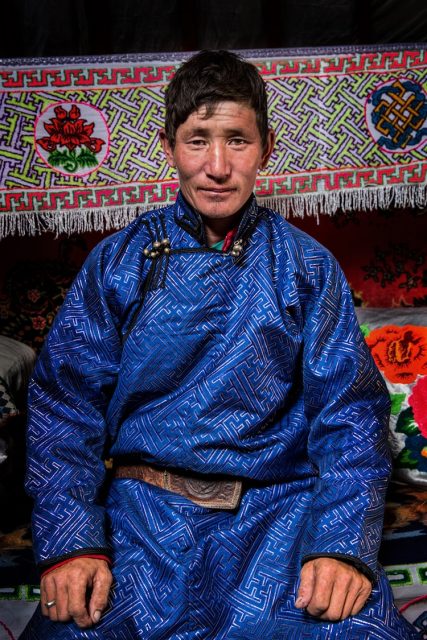
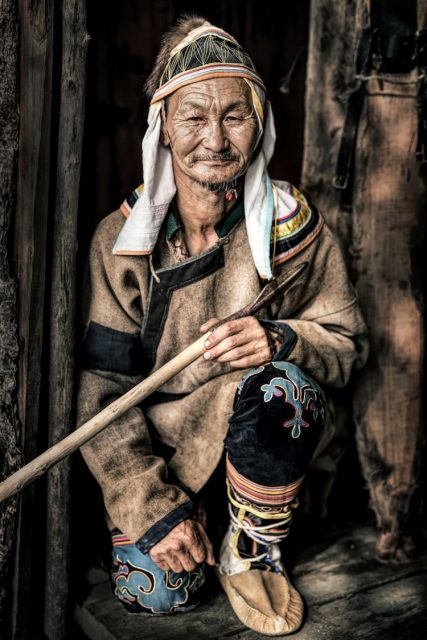
The photographer was approached to partner with United National Human Rights, which used his images to celebrate the 70th anniversary of the Universal Declaration of Human Rights.
Currently, he is preparing an exhibition of his project at the UN headquarters in New York City, where a lot of his portraits will be shown. The exhibition will be open from April 15th to May 15th at the UN Visitor Center, with the photographer planning to attend the opening.
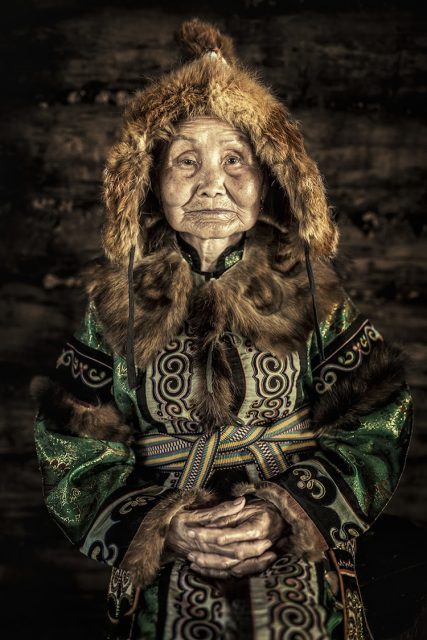
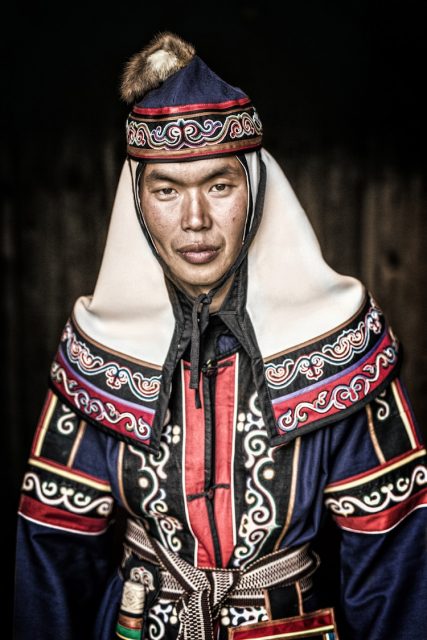
The exhibition will be held at a time when many indigenous people from all over the world will gather at the UN for their annual forum on indigenous issues.
Khumushin said in an interview with My Modern Met that the people in Siberia “are completely different. It may seem to many that they are laconic and unemotional, but behind this external roughness lies an open and kind heart and a generous soul. These people will never leave someone n danger, this is inherent in them at the genetic level.”
He added, “In Russian, there is even an expression that describes these qualities: ‘a true Siberian character.'”
Nancy Bilyeau, a former staff editor at Entertainment Weekly, Rolling Stone, and InStyle, has written a trilogy of historical thrillers for Touchstone Books. Her new book, The Blue, is a spy story set in the 18th-century porcelain world. For more information, go to www.nancybilyeau.com
